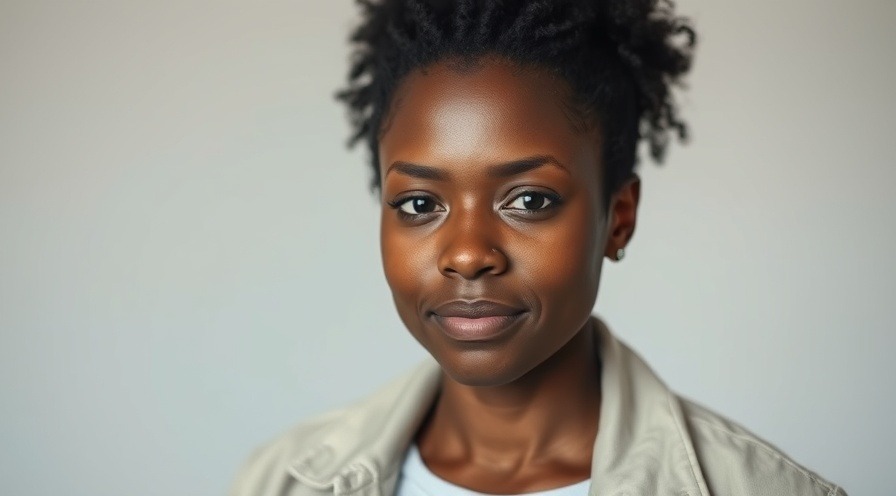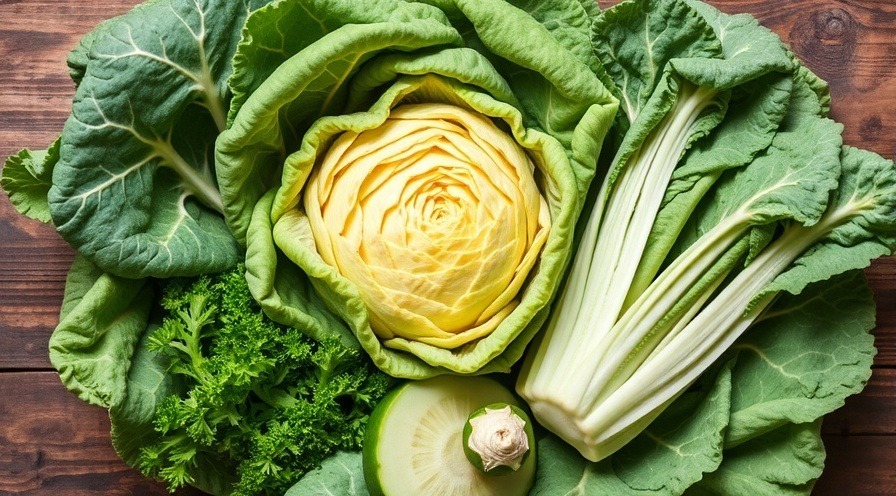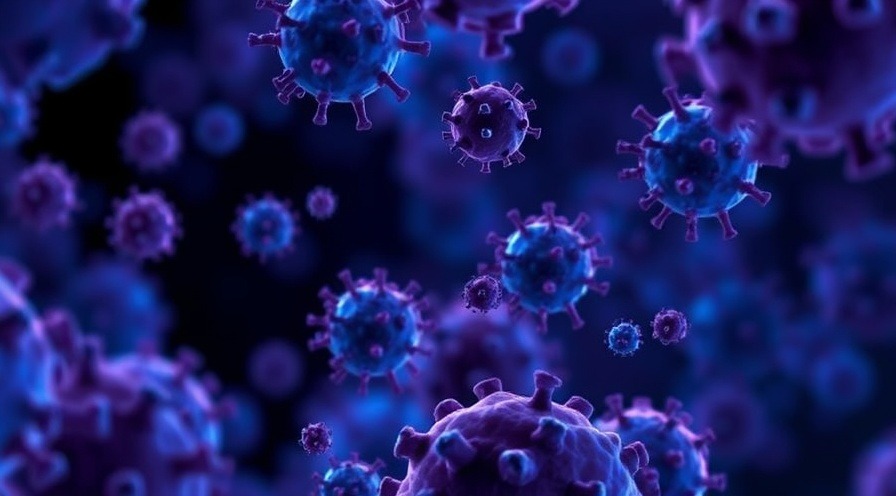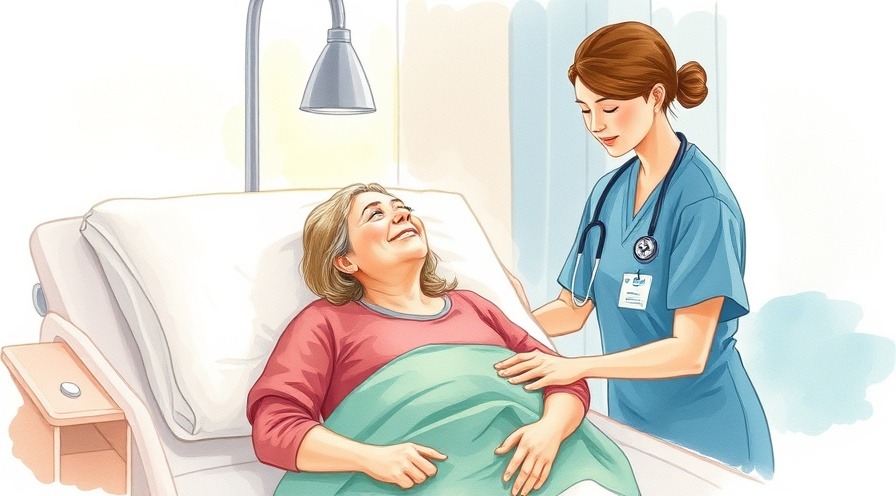
Understanding the Emotional Toll of a Cancer Diagnosis
Receiving a cancer diagnosis can feel like a sudden storm sweeping through your life, leaving chaos and confusion in its wake. For many, like the brave individual in the video 'Queen's Story,' this realization strikes hard, especially when faced with the responsibility of young children. The anxiety of battling an illness is overshadowed by the fear of leaving loved ones behind, particularly children who look to their parents for support and guidance.
In 'Queen's Story,' the discussion dives into facing cancer at a young age, exploring key insights that sparked deeper analysis on our end.
The Journey of Acceptance and Hope
When the word 'cancer' is mentioned, there’s an instinctive response of fear. This fear can stem from the uncertainties of the treatment process or the potential outcomes. For many parents, the worst fear is not just the illness itself but the thought of missing out on countless moments in their children's lives, including milestones, laughter, and even simple day-to-day interactions.
In 'Queen's Story,' the emotional journey of coming to terms with cancer is depicted through the lens of fear and eventual acceptance. This journey reflects that while the diagnosis can be catastrophic, finding hope and strength becomes essential. It’s a testament to the resilience of the human spirit when faced with daunting challenges.
Communicating the Diagnosis with Children
One of the most challenging aspects of dealing with cancer is figuring out how to talk to children about it. The struggle lies not just in conveying the information but also in ensuring children feel secure despite the growing uncertainty surrounding their parent's health. The fear of devastating a child's innocence weighs heavily on many parents, yet honesty and age-appropriate communication are fundamental.
Real stories like the one shared in 'Queen's Story' can serve as guideposts. Experts recommend using language that is straightforward yet gentle, making room for children's questions and emotions. This not only provides clarity but also fosters open lines of communication, ensuring children feel included and supported during difficult times.
Building Support Networks
A cancer diagnosis does not have to be faced alone. Support from family, friends, and healthcare providers plays a crucial role in emotional recovery. Community support can help alleviate fears and provide practical assistance, whether through childcare support or simply being there to listen.
'Queen's Story' highlights the importance of gathering a support system. Sociologists and healthcare experts alike emphasize the power of shared experiences. Talking to others who have navigated similar waters can provide not only empathy but also practical advice and coping strategies.
Encouraging Discussions About Health
Putting cancer into perspective is vital. The story emphasizes the shifts in priorities that often emerge after a diagnosis. It prompts families to engage in conversations about health, wellness, and open dialogues about life choices. These discussions can empower families to understand the significance of a healthy lifestyle while nurturing connections.
Following the emotionally charged revelations of a diagnosis, many families find themselves more connected, more appreciative, and more committed to healthful living, whether through better nutrition or stress management practices.
A Transformative Experience
In conclusion, facing cancer, especially at a young age, is daunting. However, as depicted in 'Queen's Story,' this battle can foster resilience, hope, and stronger family bonds. It reminds us to cherish every moment with loved ones and underscores the importance of open dialogue about health and emotions.
If you or someone you know is navigating a cancer diagnosis, don't hesitate to reach out to support groups and healthcare professionals. They can provide not just information but also a sense of community that is invaluable during such times.
 Add Row
Add Row  Add
Add 




Write A Comment